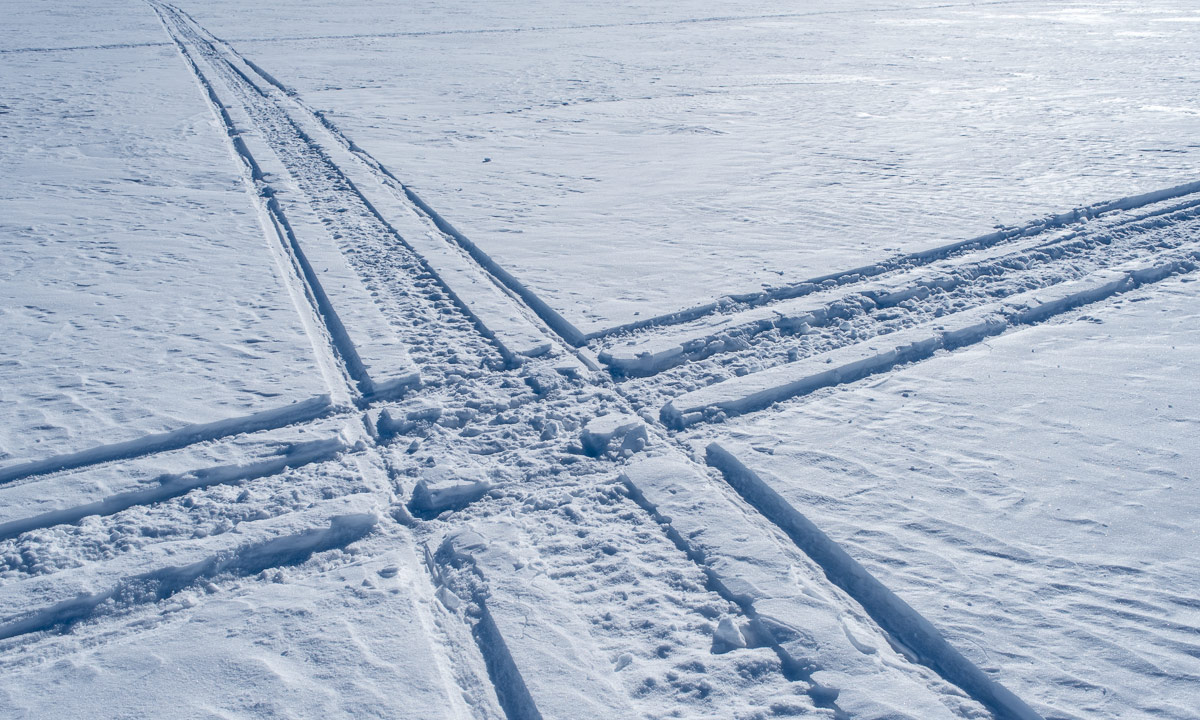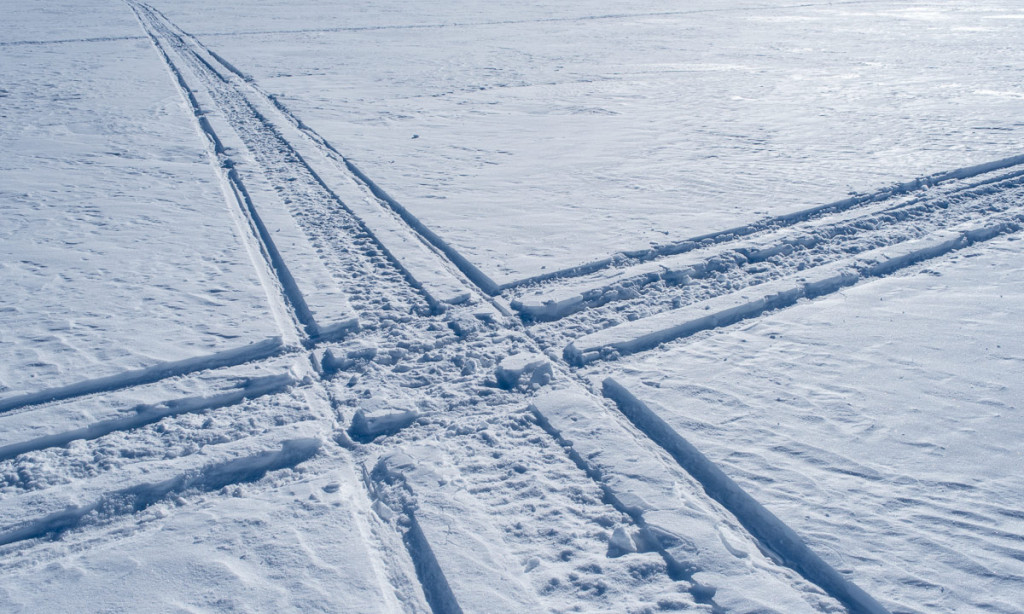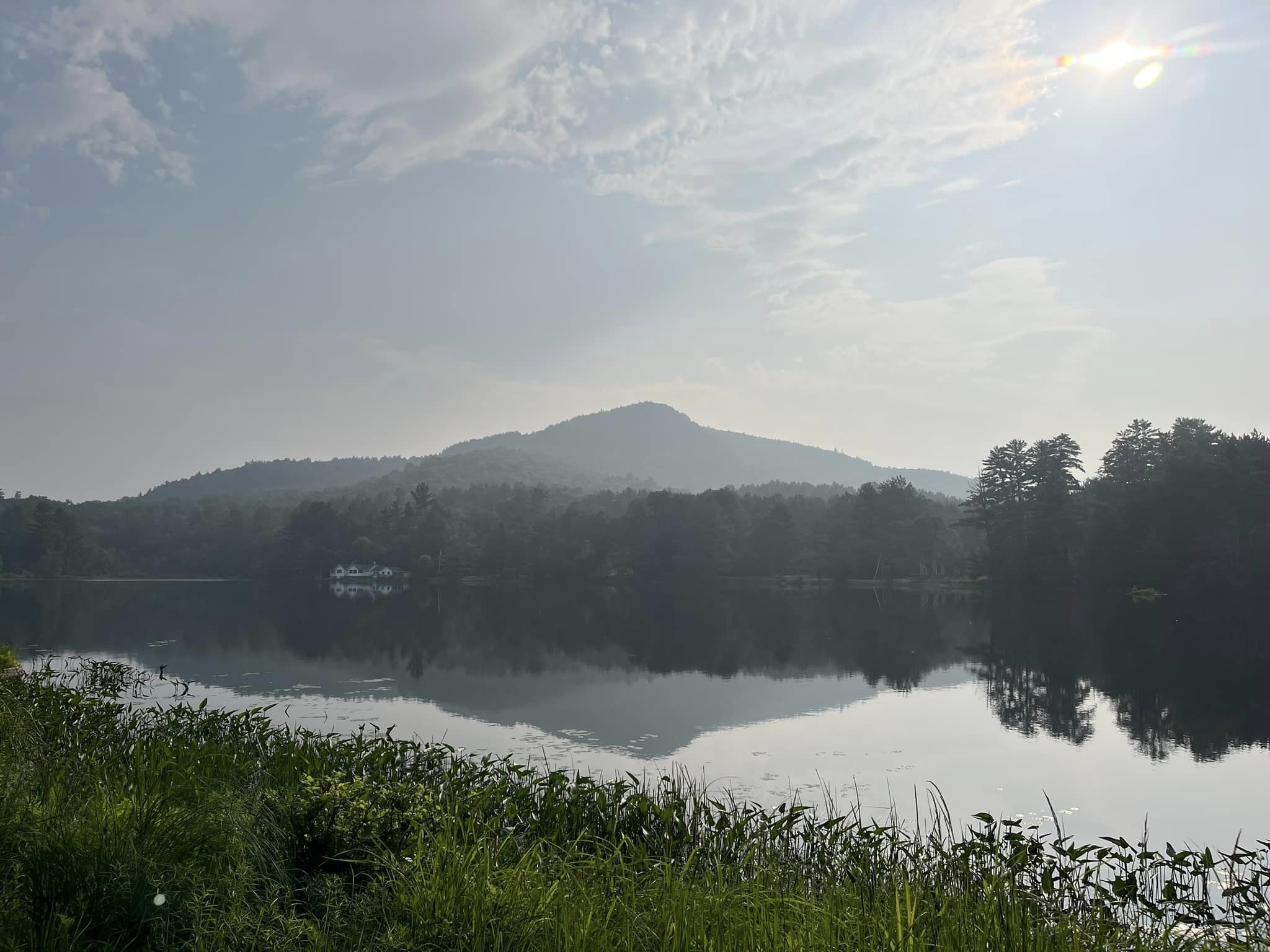The Way Down
You’re at a holiday party, work, the grocery store, the DMV. You’re chatting with someone and they look at you as if you’ve just sprouted neon purple antennae. Their eyes pop with a mixture of fascination, disbelief, and a dash of concern. Your shy smile, your shrug, are already prepped for their next breathless statement. And there it is. They open their mouth and the words tumble out, wrapped in total incredulity: “but how do you DO it?!”
Running is sacred. It is transformational and transcendent. Yet it is also predictable, mundane, and habitual. This latter point is what the inquisitors of the world fail to grasp. When I am speaking with someone who does not run, they are often agog at the sheer mystery of the practice, because, in their mind, it must require some Braveheart-like rally of indomitable will and determination just to jog out the door. They certainly are not to blame for thinking as much, for the commercial giants of the sports world – Peloton, Nike, Adidas – portray it as such: a relentless sweat fest where only the strong survive. If that type of repetitive mental battle were actually required of runners to maintain the habit, then I’ll tell you right now, I’d be on the couch with the rest of them. The constant strain would be exhausting. Instead, going for a run will often—not always, but often—feel like the easiest, most natural thing in the world. In fact, a “decision” in the traditional sense of the word is rarely involved.
Decisions are slippery things. People bandy the word about but use it to describe a whole variety of forms of mental activity. I’ll lump these into two broad categories, the first of which I’ll term “protracted decision making.” Protracted decision making involves a comprehensive, holistic process–weighing pros and cons, short-term and long-term implications, potential impact on loved ones, etc. This is the type of decision making you’ll notice when one of your colleagues is trying to determine when they ought to retire. I will term the second “reactionary decision making.” Reactionary decision making must take place in a very limited window, or else the circumstance which demands that a decision be made will slip away altogether. You circle the block looking for a closer parking spot than the one you found, and as you do, someone else slips into that spot. You spend an hour on Netflix browsing for a movie to watch, and soon it’s time to get to bed and you haven’t watched anything. These situations can be stress-inducing and vicious, like a tug of war game being waged in your brain, about to tear it in half. But the secret to consistency in running isn’t developing an iron will and wrestling your impulses into submission, nor performing a calculated, logical cost-benefit analysis that definitively proves that running will increase your quality of life in the long term. The secret is making grooves.
The first deep snow of winter summons many charming sights, quaint Christmas-card tableaus. Children cluster at the top of anointed hills, with saucers and toboggans, and begin the methodical, joyful work of carving the loose white surface. Tracks crisscross all over, but, like skin that wrinkles repeatedly over the years with smiles and frowns, some deepen. The pattern is random to begin with, but certain grooves, as they are chosen more by the children, are packed down and become smoother, easier and faster to traverse. At first, this process is conscious; the children must decide on their preferred path, and actively steer into it. But before long, it happens automatically, with no steering or guidance; a pre-ordained route, as if the sled has a mind of its own. The children can grip the wooden boards and enjoy the whipping turns, the growing dark, and the sting of the snow effortlessly. Other grooves, unused, fill in and blend with the hill once more.
I remember what it was like to start running, how intimidating it seemed. It was for other people, “healthy” and “fit” people, “successful” people–a whole host of nebulous adjectives which burned me when I attempted to touch them. It was for one type of person – not me. But there I stood at the top of the hill, sled in hand, staring at the immaculate powder beneath, and I had to make a decision – a reactionary decision. I tipped the sled onto the ground and hopped on. For a while, I steered, navigating roots and branches and rocks. But after a while, grooves formed, and the way down became totally automatic. There was no “should I” or “shouldn’t I” when the time came for me to run. I simply found myself on the trail, breathing, moving; no decision had been made. The groove led me down the path which had been carved through repetition over weeks, months, years.
It’s frustrating to field questions such as “how do you do it” because, if you are at an advanced stage in your running, it is totally subconscious. It is like being asked how you fall asleep. You position yourself in a certain environment or circumstance, and it just happens. For me, it is easy to forget how it used to be before the grooves – when each run was a decision, and the decision was difficult. But I never lose my patience with the question, because I, and many others, also used to be perplexed as to how runners could do what they do with any measure of consistency before making that discovery for ourselves. Now I know that each tiny decision deepens the groove, and makes it that much easier to follow the next time, and the next, and the next.
The speed of this process varies greatly. Sometimes, a catalyzing event will crystallize a groove overnight, like freezing rain on sled tracks. Other times it is so gradual as to be almost imperceptible, as it was for me during my Couch to 5k journey that started it all. I couldn’t say at what point I was able to let go, stop steering, and follow the groove. But it is only through traversing that path, pounding it deeper and deeper, that such effortlessness became possible.
How do I do it? Because I’ve done it before.
~Vincent Behe
Add Comment
You must be logged in to post a comment.








